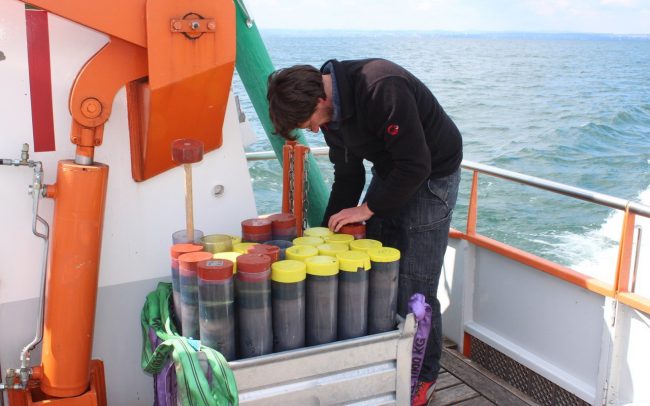
P5: Daphnia resilience – comparison of genomic and functional resilience of the water flea population under eutrophication and oligotrophication in Lake Constance, Lake Zurich and Lake Walen
Gene flow and hybridization are important evolutionary forces that can affect the fate of species and their ecological role in an ecosystem.
This project aims to quantify the extent of gene flow between the invasive aquatic flea species Daphnia galeata and the native species Daphnia longispina, which was facilitated by lake eutrophication. It also investigates the effects of this process on the fitness of the water flea population, the function of these key species in the ecosystem, their evolutionary and adaptive potential and the reversibility of the hybridisation process. By comparing three lakes – Lake Constance, Lake Walen, and Lake Zurich – we will be able to generalise our conclusions and put the processes in Lake Constance into context. This will allow for a better assessment of the impact of human activities on the evolution and ecological role of keystone species and the targeted planning of an appropriate water management programme.


Picture 1: Daphnia longispina
Picture 2: sediment cores from Lake Constance
Picture 3: sediment coring on Lake Constance







